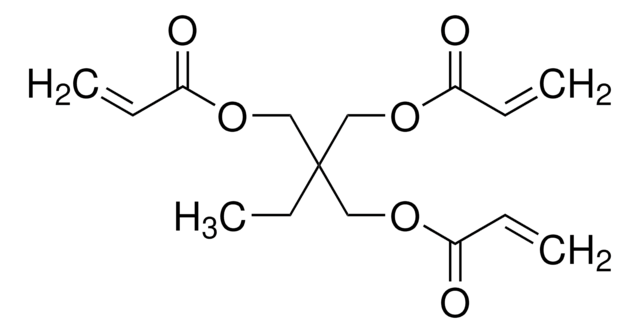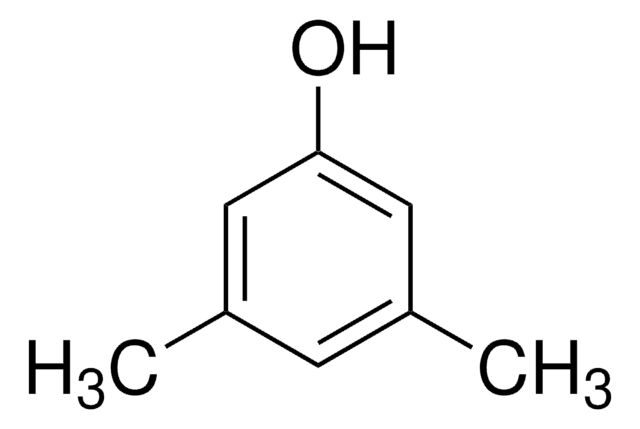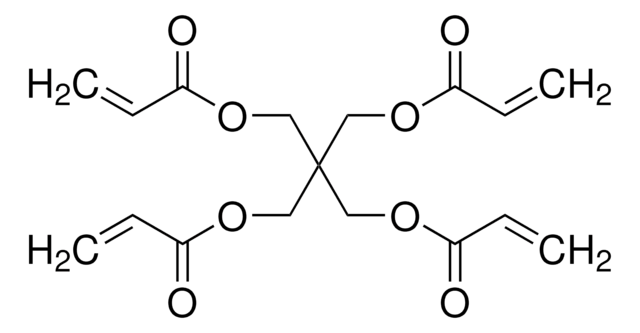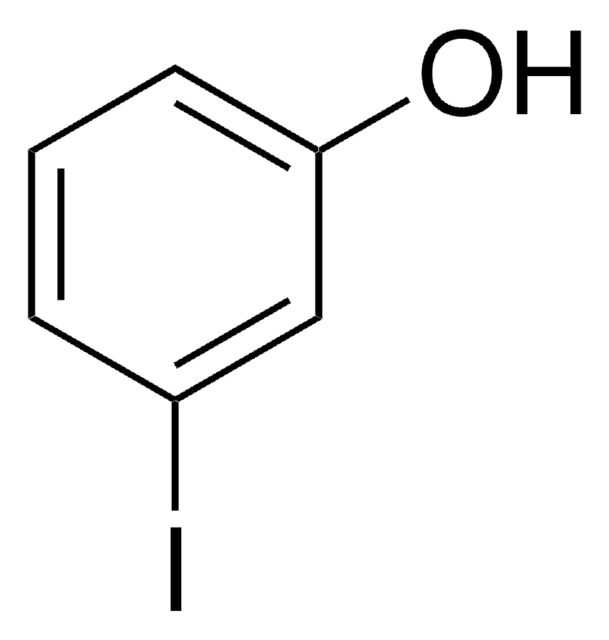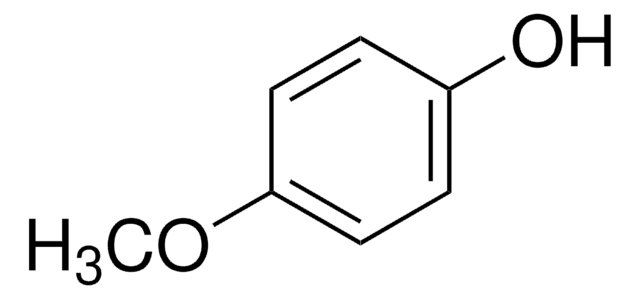258164
2,4-Dibromphenol
95%
About This Item
Empfohlene Produkte
Qualitätsniveau
Assay
95%
Form
solid
bp
154 °C/11 mmHg (lit.)
mp (Schmelzpunkt)
35-38 °C (lit.)
Funktionelle Gruppe
bromo
SMILES String
Oc1ccc(Br)cc1Br
InChI
1S/C6H4Br2O/c7-4-1-2-6(9)5(8)3-4/h1-3,9H
InChIKey
FAXWFCTVSHEODL-UHFFFAOYSA-N
Angaben zum Gen
human ... ALOX12(239) , ALOX15(246)
Suchen Sie nach ähnlichen Produkten? Aufrufen Leitfaden zum Produktvergleich
Allgemeine Beschreibung
Signalwort
Danger
H-Sätze
Gefahreneinstufungen
Acute Tox. 2 Oral - Eye Irrit. 2 - Skin Irrit. 2 - STOT SE 3
Zielorgane
Respiratory system
Lagerklassenschlüssel
6.1A - Combustible acute toxic Cat. 1 and 2 / very toxic hazardous materials
WGK
WGK 3
Flammpunkt (°F)
235.4 °F - closed cup
Flammpunkt (°C)
113 °C - closed cup
Persönliche Schutzausrüstung
Eyeshields, Faceshields, Gloves, type P2 (EN 143) respirator cartridges
Hier finden Sie alle aktuellen Versionen:
Besitzen Sie dieses Produkt bereits?
In der Dokumentenbibliothek finden Sie die Dokumentation zu den Produkten, die Sie kürzlich erworben haben.
Kunden haben sich ebenfalls angesehen
Unser Team von Wissenschaftlern verfügt über Erfahrung in allen Forschungsbereichen einschließlich Life Science, Materialwissenschaften, chemischer Synthese, Chromatographie, Analytik und vielen mehr..
Setzen Sie sich mit dem technischen Dienst in Verbindung.

